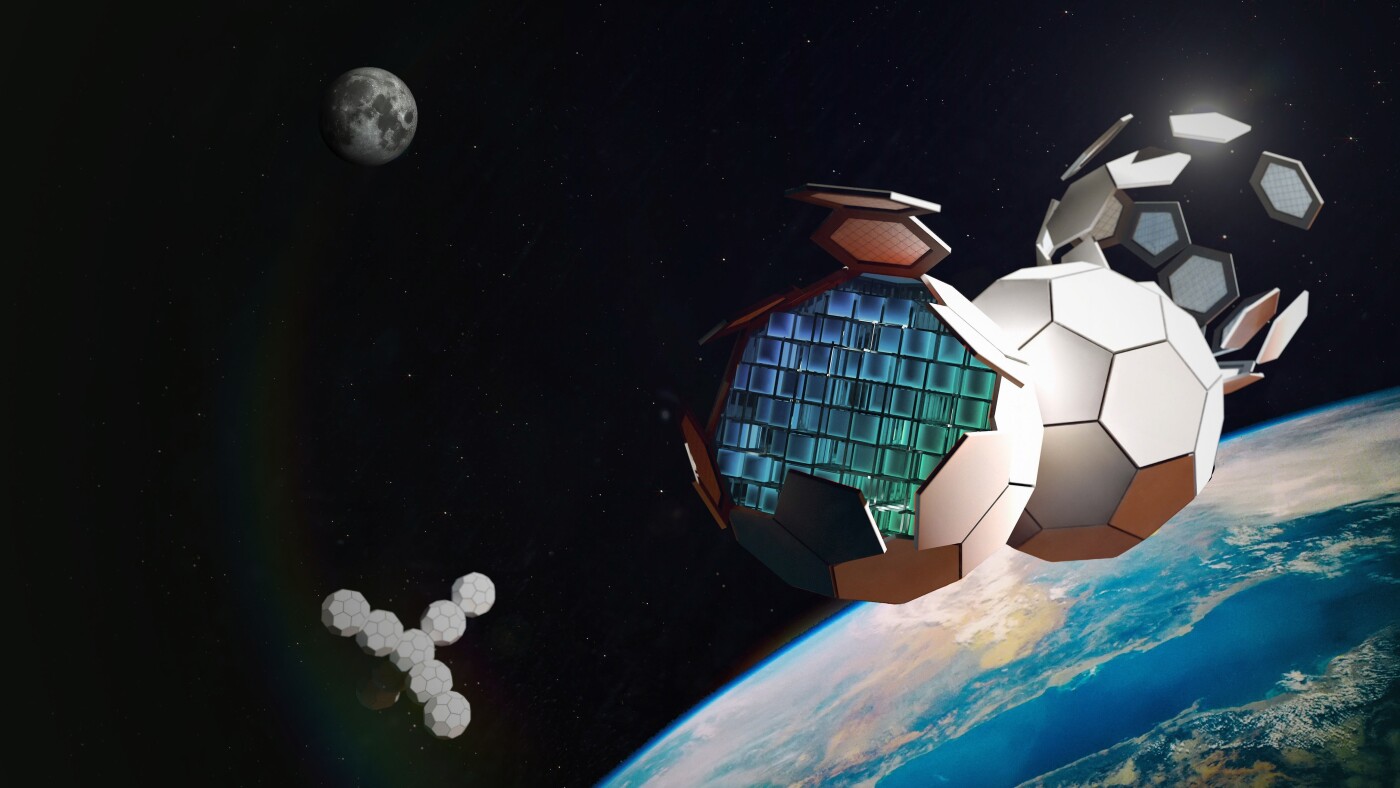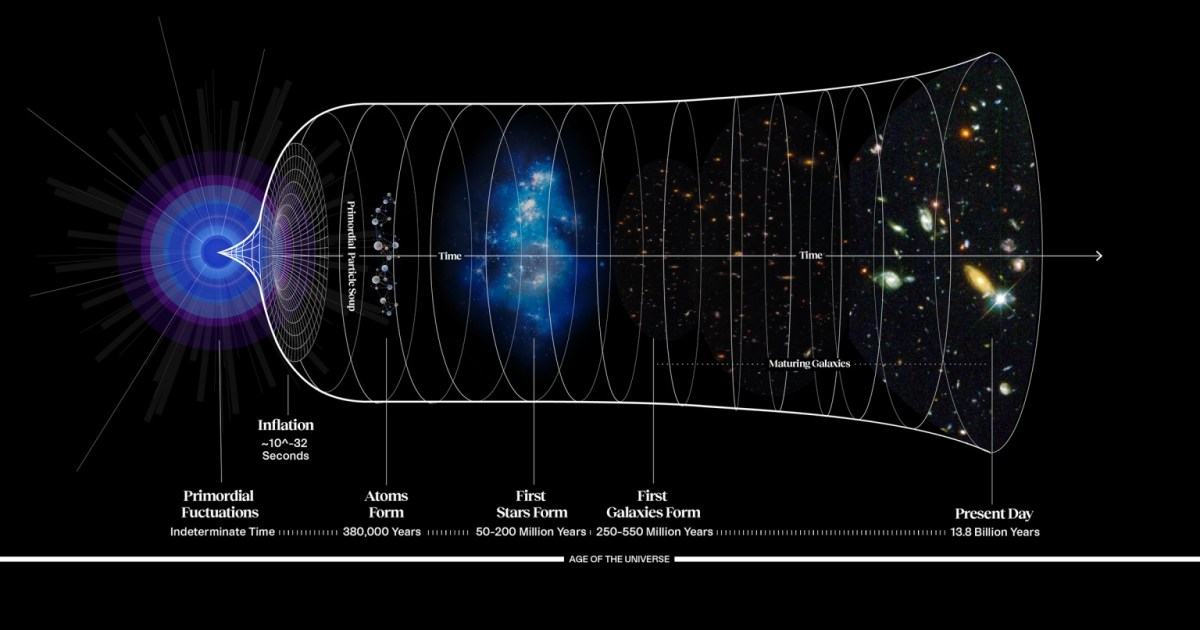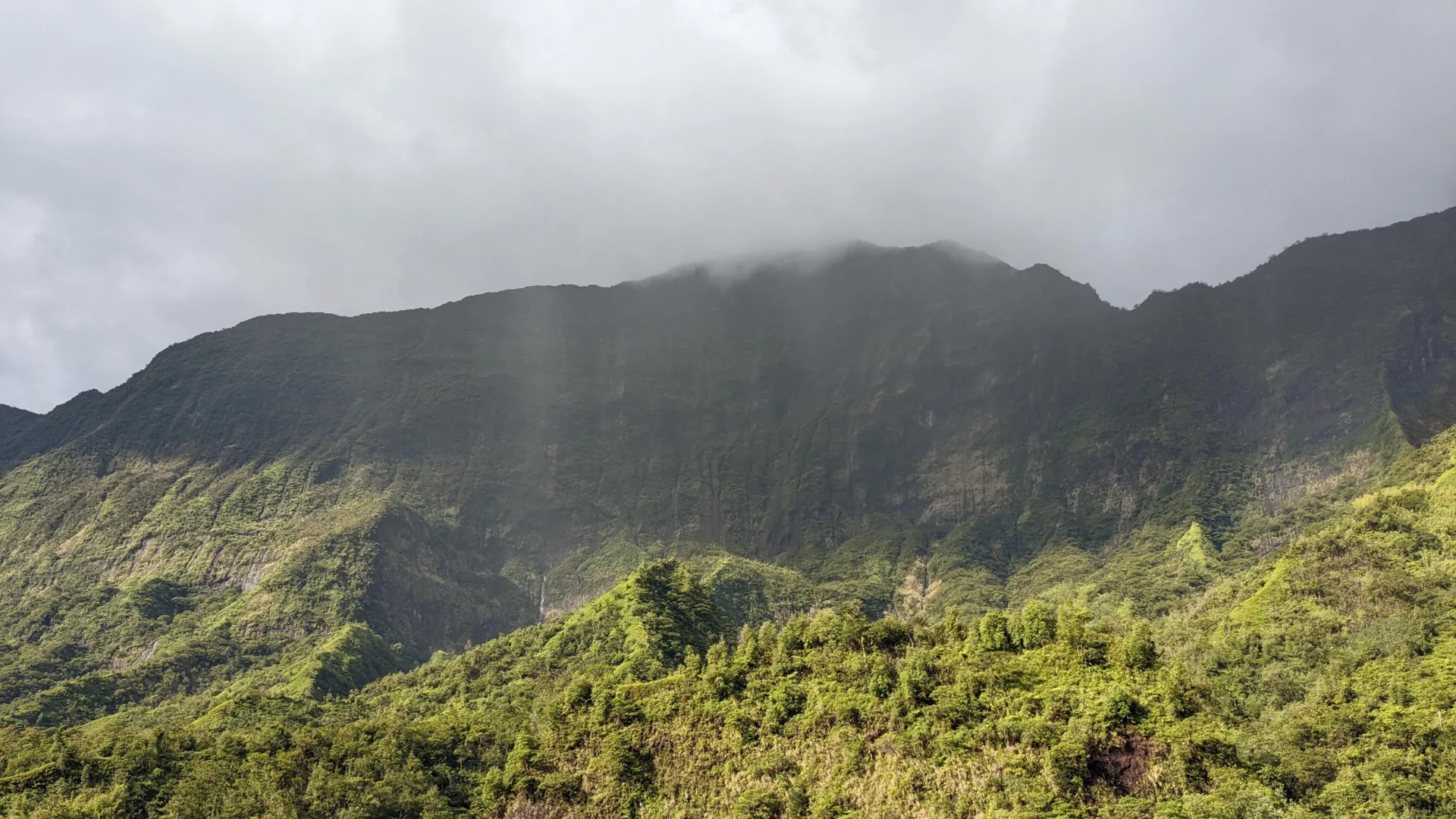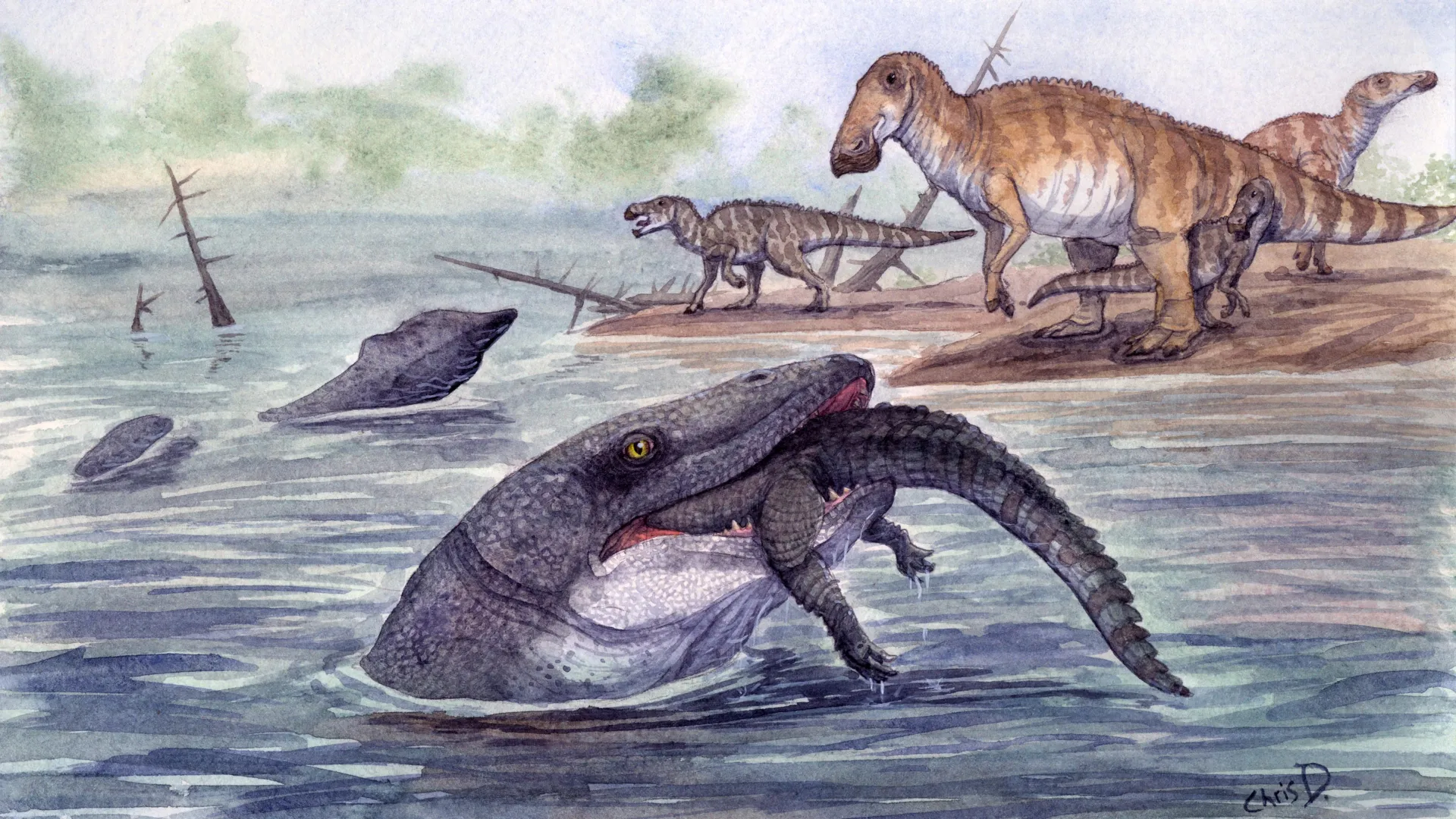Skip…

Skip…

QUICK FACTS
Where is it? Yellowstone National Park, Wyoming [44.46284445, -110.3628428]
What’s in the photo? A perfectly white blanket of snow covering Yellowstone Lake
Who took the photo? An unnamed astronaut on board the International Space…

Magnetic hexagons could one day self-assemble in space to provide off-world manufacturing and agriculture as well as human…

Neurons are one of the most striking examples of cell polarisation. Most neurons have canonical axodendritic polarity, defined by the presence of a somatodendritic domain and a single axon (Banker, 2018). The morphological and molecular…

Right now, many of us have a bit of moss sitting in our Christmas decorations at home. Some of us picked it ourselves in the forest, others bought it in a shop. But few have probably thought about the fact that moss can be full of small remains…

Sign up for the Starts With a Bang newsletter
Travel the universe with Dr. Ethan…

A new study led by the University of Southampton and University of East Anglia (UEA) points to a major change in South Pacific climate conditions, beginning around 1,000 years ago, that may have encouraged people to move and settle farther to the…
Barrera-Domínguez, F. J. et al. Strength characteristics in faster change of direction basketball players: A comparison across cutting angles. Eur. J. Sport Sci. 24, 1260–1269 (2024).

Mosasaurs were enormous marine reptiles that lived more than 66 million years ago, but new evidence shows they did not spend all their time in the ocean. Researchers analyzing a mosasaur tooth discovered in North Dakota have found strong signs…